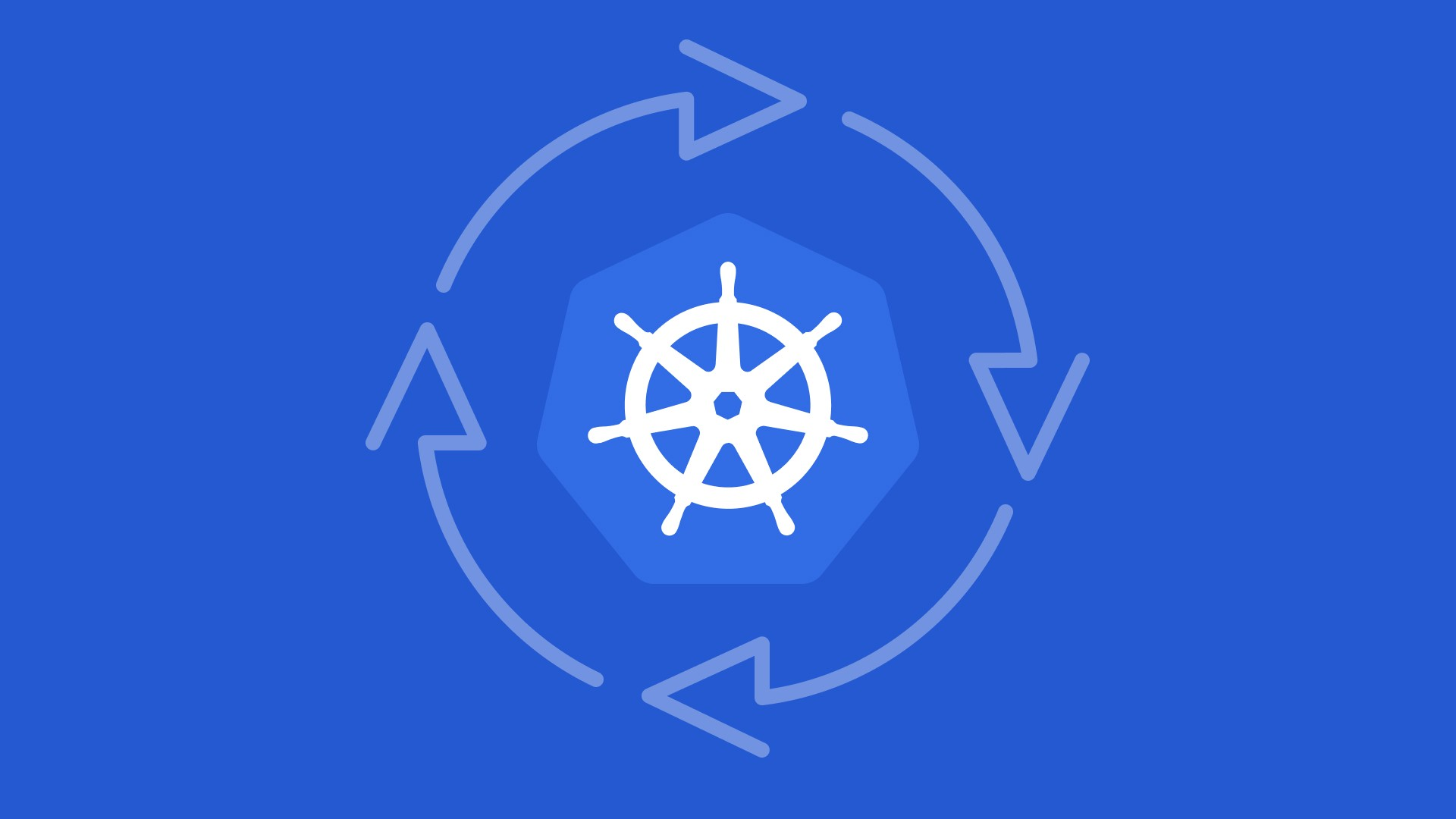Beginner's Guide to Kubernetes Worker Nodes
 Aniket Purohit
Aniket Purohit
Hey there! 🌟 Ready to dive into the fascinating world of Kubernetes? Don’t worry, we’re here to make it easy and fun. Today, we’ll explore the world of worker nodes in Kubernetes. Think of them as the hardworking residents of our Kubernetes city, each with a unique job. Let’s break it down and discover how they keep everything running smoothly!
The Container Runtime: The Engine That Powers It All 🚗
Imagine every worker node in Kubernetes has its own engine—the container runtime. This engine is crucial because it makes sure that your apps (which live in containers) run smoothly.
Here are a few types of these engines:
CRI-O: A lightweight engine, designed just for Kubernetes.
containerd: A simple, robust engine that handles containers.
Docker Engine: A popular engine known for its advanced features.
Mirantis Container Runtime: Once called Docker Enterprise Edition, it's another option for running containers.
These engines are like the different kinds of engines in vehicles—each with its own features and strengths!
The Node Agent: The Dispatcher on Duty 🚓
Meet the kubelet, the dispatcher on each worker node. Think of the kubelet as a diligent worker who takes orders from the central Kubernetes control (the boss) and manages the containers on its node.
The kubelet talks to the container runtime using a special interface called Container Runtime Interface (CRI). Imagine CRI as a friendly translator helping the kubelet communicate with various container engines.
CRI Shims: The Adapters That Make It All Work 🔧
To make sure the kubelet can work with different container runtimes, we use CRI shims. These shims are like handy adapters that allow kubelet to interact with various engines smoothly:
cri-containerd: Helps kubelet work directly with containerd.
CRI-O: Lets kubelet use any OCI-compatible runtime.
cri-dockerd: A new adapter replacing the old dockershim, ensuring Docker works well with Kubernetes.
These shims ensure that kubelet can manage containers from different runtimes without a hitch.
The Proxy: The Traffic Controller 🚦
Every city needs a traffic controller, and in Kubernetes, that role is played by kube-proxy. The kube-proxy manages network traffic, making sure requests get to the right containers. It works with iptables, a tool that sets up network rules, just like traffic lights and signs guide cars.
Add-ons: Extra Features That Add Magic ✨
Worker nodes also have add-ons that provide extra functionality to the Kubernetes city:
DNS: A server that assigns names to resources, so you can find them easily.
Dashboard: A web-based interface to manage and monitor your cluster.
Monitoring: Keeps track of your containers' performance and health.
Logging: Records activities to help you troubleshoot and analyze.
Device Plugins: Allow the use of additional hardware like GPUs for better performance.
These add-ons are like the extra amenities in a city—parks, gyms, and cafes that make everything better!
In Summary: The Workers Behind the Scenes 🏙️
Kubernetes worker nodes are the unsung heroes of our Kubernetes city, each with their own role:
Container Runtime: The engine that powers containers.
kubelet: The dispatcher that manages containers and follows orders.
CRI Shims: The adapters that help kubelet talk to different container engines.
kube-proxy: The traffic controller that directs network requests.
Add-ons: Extra features that enhance the cluster's functionality.
With these components working together, Kubernetes ensures that everything runs smoothly and efficiently. Now you’re all set to explore the wonders of Kubernetes worker nodes!
Subscribe to my newsletter
Read articles from Aniket Purohit directly inside your inbox. Subscribe to the newsletter, and don't miss out.
Written by

Aniket Purohit
Aniket Purohit
I am Devops Engineer working Freelancer and learning skill to master Devops